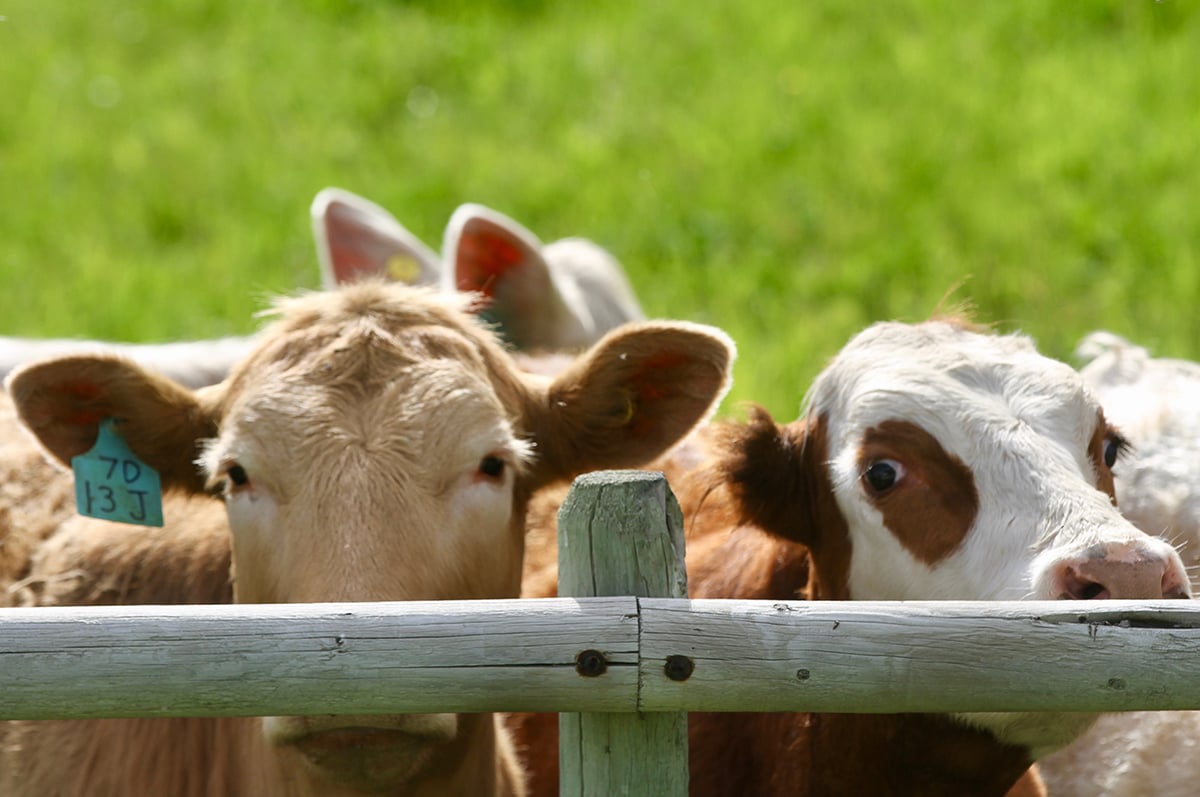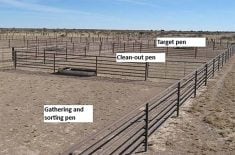A mobile slaughter plant tested in Alberta last year was expensive to run but served those needing a meat processor.
“It’s not cheap,” said Bert Dening of Alberta Agriculture, who drove the semi-trailer-sized unit around the province last year.
“It is not going to replace a provincial abattoir in a town. It is just too small.”
The unit travelled to areas where there were no provincially inspected plants nearby.
It can handle deer, bison and elk, which are easily stressed and cumbersome to transport.
Read Also

Feeder market consolidates at historic highs
For the week ending Sept. 6, Western Canadian feeder cattle markets were relatively unchanged compared to seven days earlier.
“The point of the study with a mobile abattoir was to see if it could be done to meet provincial standards and inspect animals,” Dening said.
The department developed the mobile plant with Olds College and now wants to sell it to a entrepreneur.
“Now the question is, what kind of business case can you make around it?”
The unit is 53 feet long and 8.5 feet wide and contains a cooler and sections to process animals that are killed and bled outside. Carcass sides can be hanged and are often dropped off at a meat shop for cutting and wrapping, although some farmers do it themselves.
The plant can process only an average of 10 animals per day. It can handle more hogs and sheep but fewer large animals.
Dening said the facility would likely be more economical if the number of large animals could be increased.
The unit would probably run for eight months of the year under Alberta conditions. Last year, cold weather froze pipes and caused other operational problems.
“We only tested it to the end of October and we already had problems when it was – 5 C,” Dening said.
Alberta Agriculture has released a report on the plant, which worked from April to November. It logged more than 7,000 kilometres and slaughtered 154 cattle, hogs, sheep, deer and bison, ranging from 100 pound sheep to 1,800 lb. cattle.
Most problems involved plumbing and electrical systems. They were corrected and no further problems were found.
The report estimated that cost per slaughter was $600 to $1,000, which included labour, inspection costs, diesel fuel and ownership cost. It took three people to do a full day of slaughter, including driving time and unloading.















